There is increasing number of people who incorporate Japanese style ‘Wa’ into their life-styles. We hope that more people would also incorporate the Japanese silk material ‘Kire’ into their life-styles.
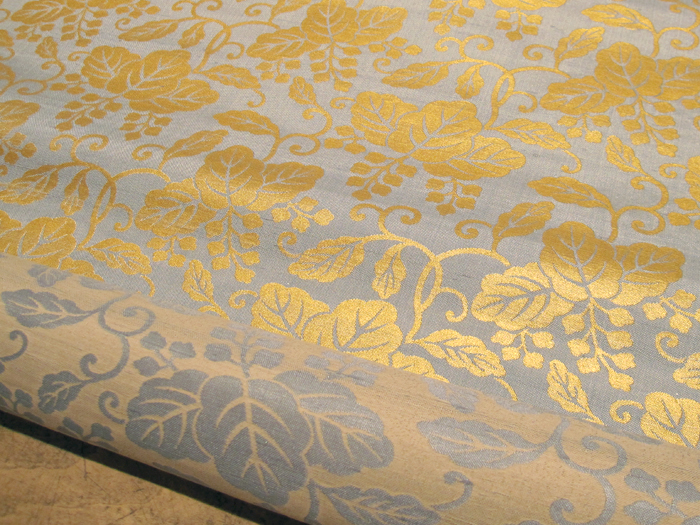
About ‘Kireji’ (Japanese Silk Fabric)
The Japanese silk fabric ‘Kireji’ used for picture mounts ‘Hyousou’ were originally made of Japanese court dresses. However, since the Meiji Era they have been newly woven to make the Japanese silk fabric ‘Hyousou Kireji’.
About the Kanji 
In Japanese, different Kanji characters are often pronounced the same, but have different meanings.If you look up ‘Kire’ in the dictionary, it is written as  , which nicely expresses the way in which the fabric is cut to make picture mounts (not the Kanji
, which nicely expresses the way in which the fabric is cut to make picture mounts (not the Kanji  for rip). However, it is generally more common to use the Kanji
for rip). However, it is generally more common to use the Kanji  (rip) to relate to the fabrics used in picture mounts.
(rip) to relate to the fabrics used in picture mounts.
Composition of fabrics
Fabrics are made by crossing over the vertical and horizontal strings using a loom. The three types of fabric, ‘Kinran’, ‘Donsu’ and ‘Muji’ are different in the ways these strings cross over. There are three principle patterns in these fabrics; ‘Hira-ori’ is the one which the vertical and horizontal strings cross over every other line, ‘Aya-ori’ is where more than three of the vertical and horizontal strings cross over each other, and ‘Byoushi-ori’ is where there is little cross over between the vertical and horizontal strings, and the minimum unit is at least five of each strings.
About ‘Meibutsu-Gire’ (The Specialty Fabric)
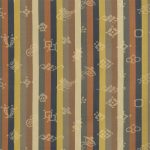
Meibutsu-Gire Kanto Takara-dukushi Enshu
名物裂間道宝尽し遠州
The ‘Specialty Fabric’ (Meibutsu-Gire) is originally from China, which is used to wrap specialty tea caddies ‘Chaire’ at tea ceremonies. The three types of ‘Kireji’ fabrics; ‘Kinran’, ‘Ginran’ and ‘Donsu’, were imported from China in the Muromachi Era, of the Ashikaga Yoshimitsu and Yoshimasa Period (14th Century). These fabrics were owned by tea ceremony performers, high priests, upper-class samurais and various other collectors. The best fabrics amongst them were coupled with tea ceremonies and later became the so-called Specialty Fabric. These fabrics are principally named after shrines and temples, famous priests, feudal lords and tea ceremony performers or from scenes of ‘Noh’ performance where the fabrics were used for costumes. For example, the ‘Kinran’ fabric called ‘Futari-Shizuka’ is thought to be named after the dance performance given by the General Ashikaga Yoshimasa.
Kinran (Gold Brocade)
In Japan, we call the materials that have gold thread patterns on Aya-ori or Byoushi-ori base fabrics ‘Kinran’. We also have ‘Ginran’, which has silver thread woven into it, fabric decorated with gold leaf ‘Inkin’, and ‘Kinsha’ with silk interwoven with gilt thread.
We can find a phrase in the Exodus of the Old Testament, ‘Spread gold to make thread, and weave that together with purple or hemp threads.’ Therefore, we can guess that the use of ‘Kinsha’ dates back to over 2000 years ago in Western Asia where gilt threads were twisted into fabrics. Later years, ‘Hakushi’ was developed in China, which is made by sticking gold on paper and placing it on fabrics.
For picture mounts, ‘Kinran’ is a high-end fabric and the appropriate material is chosen according to the content and the purpose of the picture.
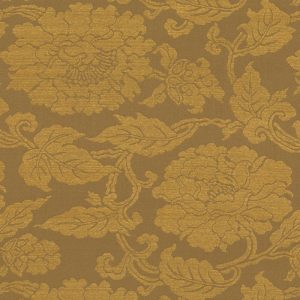
Cha-Honkin Botan Karakusa-mon Kinran
茶本金牡丹唐草
Ground color: Brown
Pattern: Vine and Peony
Leaf: Gold
|
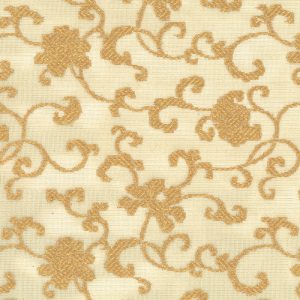
Rikyucha Honkin Kinsha Karahana Karakusa
利久茶本金金紗唐花唐草
Ground color: Light brown
Pattern: Flower
Leaf: Gold
|
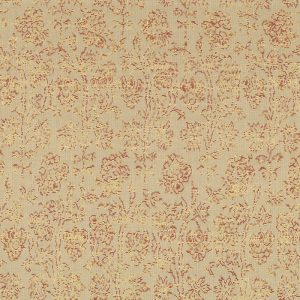
Shiracha-iro Sarasa-mon Honkin Shusunago Kinran
白茶色更紗文本金朱砂子
Ground color: Light brown
Pattern: Flower
Leaf: Gold
|
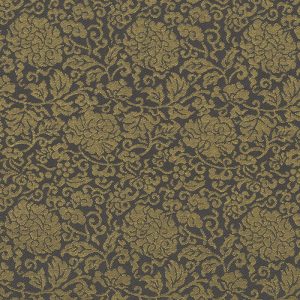
Tetsu-iro Kobotan-mon Honkin
鉄色小牡丹文本金
Ground color: Dark green
Pattern: Vine and Peony
Leaf: Gold
|
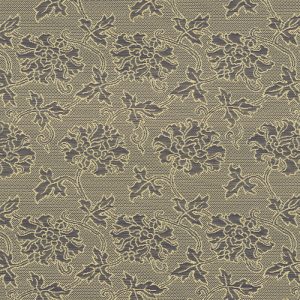
Usuchairo Kobishi-ji Botan-Karakusa-mon Urushi-haku
薄茶色小菱地牡丹唐草文 漆箔
Ground color: Light brown
Pattern: Diamond, Peonny and Arabesque
Leaf: Urushi (Japanese lacquer)
|
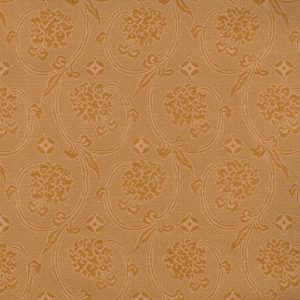
Sabishu Anraku-Botan-mon Urushi-haku
錆朱安楽牡丹文 漆箔
Groun color: Burnt sienna
Pattern: Peony
Leaf: Urushi (Japanese lacquer)
|
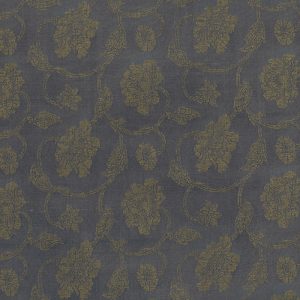
Nandoiro Inkin-fu Botan Kinran
納戸色印金風牡丹金襴
Ground color: Greyish blue
Pattern: Peony
Leaf: Gold
|
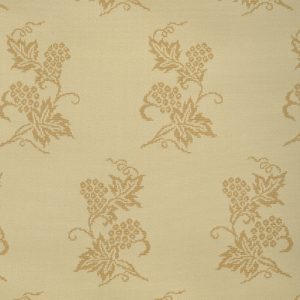
Usucha Budo-Orieda-Tobigara-mon Urushi-haku
薄茶葡萄折枝飛柄文 漆箔
Ground color: Light brown
Pattern: Grape
Leaf: Urushi (Japanese lacquer)
|

Cha-Honkin Botan Karakusa-mon Kinran
茶本金牡丹唐草
Ground color: Brown
Pattern: Vine and Peony
Leaf: Gold
|

Rikyucha Honkin Kinsha Karahana Karakusa
利久茶本金金紗唐花唐草
Ground color: Light brown
Pattern: Flower
Leaf: Gold
|

Shiracha-iro Sarasa-mon Honkin Shusunago Kinran
白茶色更紗文本金朱砂子
Ground color: Light brown
Pattern: Flower
Leaf: Gold
|

Tetsu-iro Kobotan-mon Honkin
鉄色小牡丹文本金
Ground color: Dark green
Pattern: Vine and Peony
Leaf: Gold
|
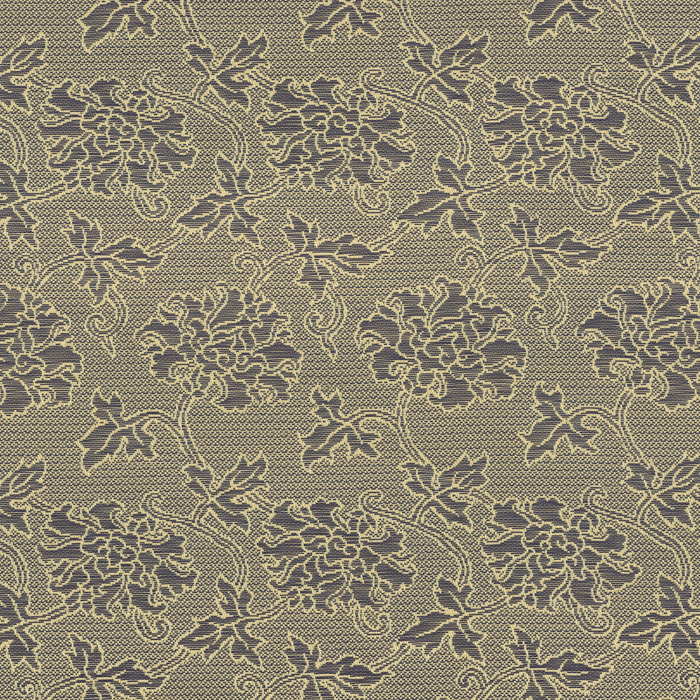
Usuchairo Kobishi-ji Botan-Karakusa-mon Urushi-haku
薄茶色小菱地牡丹唐草文 漆箔
Ground color: Light brown
Pattern: Diamond, Peonny and Arabesque
Leaf: Urushi (Japanese lacquer)
|
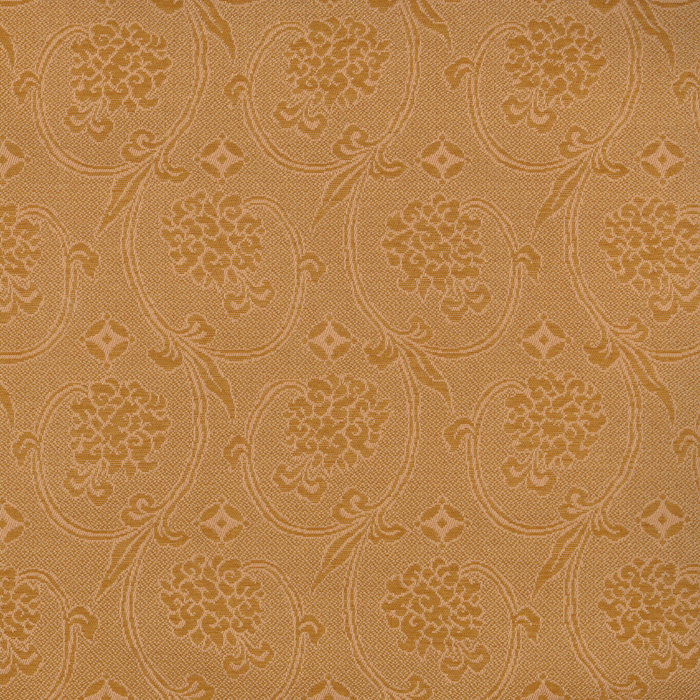
Sabishu Anraku-Botan-mon Urushi-haku
錆朱安楽牡丹文 漆箔
Groun color: Burnt sienna
Pattern: Peony
Leaf: Urushi (Japanese lacquer)
|
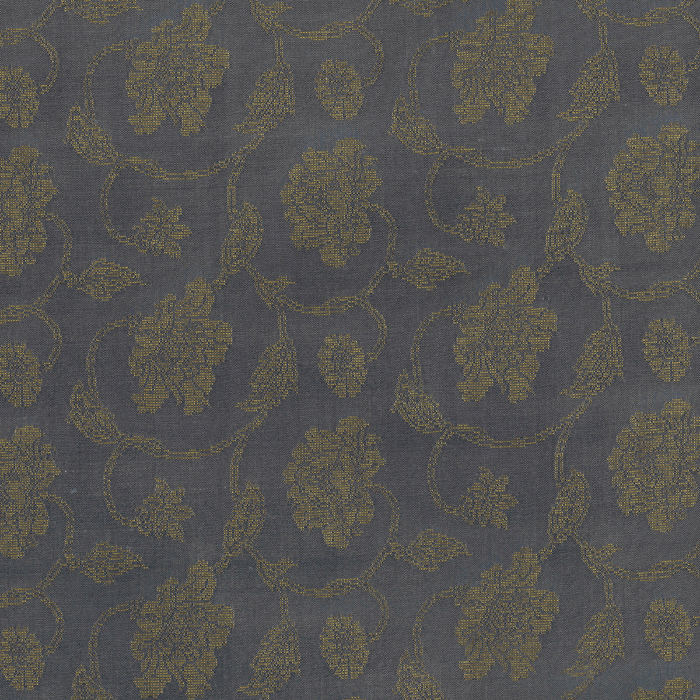
Nandoiro Inkin-fu Botan Kinran
納戸色印金風牡丹金襴 Ground color: Greyish blue
Pattern: Peony
Leaf: Gold
|
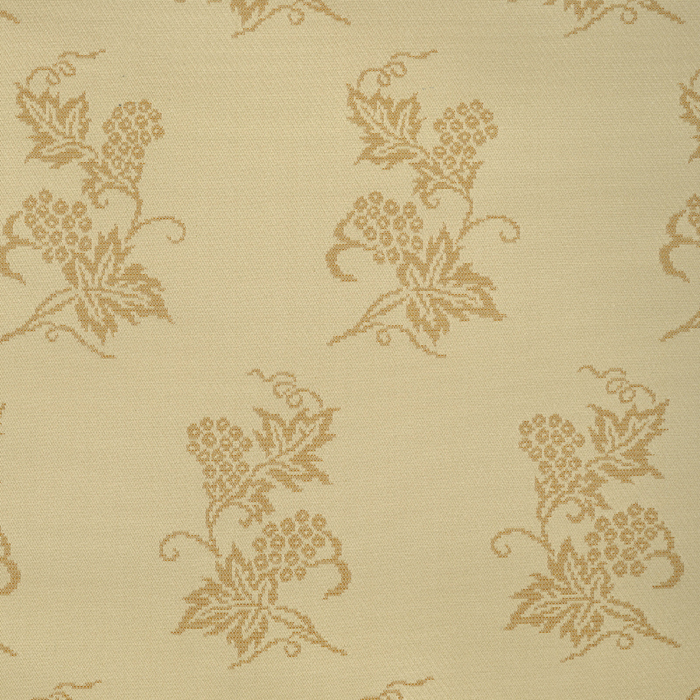
Usucha Budo-Orieda-Tobigara-mon Urushi-haku
薄茶葡萄折枝飛柄文 漆箔
Ground color: Light brown
Pattern: Grape
Leaf: Urushi (Japanese lacquer)
|
Donsu (Damask)
This is a type of ‘Byoushi-ori’ and it is a thin fabric that has a beautiful shine to it. The patterns are clear, since the thread that makes these patterns are woven with a different composition from the base thread. It has a unique texture and an unobtrusive pattern, which makes it an important fabric for picture mounts.
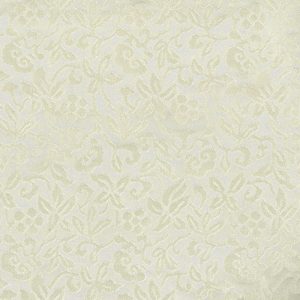
Shiro-ji Kobana-mon Donsu
白地小花文緞子
Ground color: White
Pattern: Flower
|
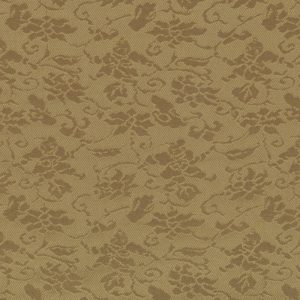
Teoridonsu Rikyucha Ningyote-mon
手織り緞子 利久茶人形手文
Ground color: Light brown color
Pattern: Doll
|
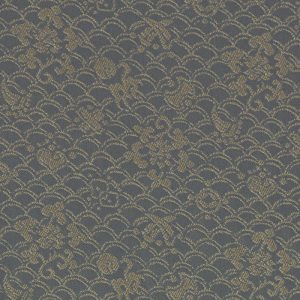
Usunando-iro Honnouji-mon
薄納戸色本能寺文
Ground color: Grayish blue
Pattern: Ocean waves and Treasure and Flower
|
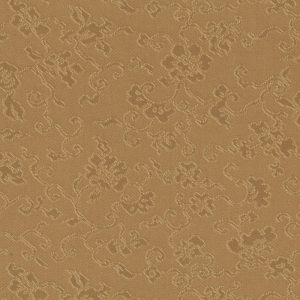
Fuchikukuri Karahana
ふちくくり唐花
Ground color: Brown
Pattern: Flower
|
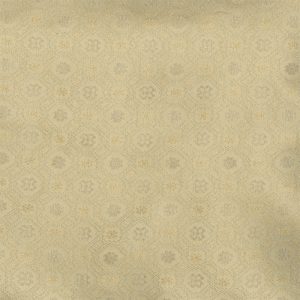
Shuchin Hana-mon Enshu
朱珍華文遠州
Ground color: Light brown
Pattern: Flower
|
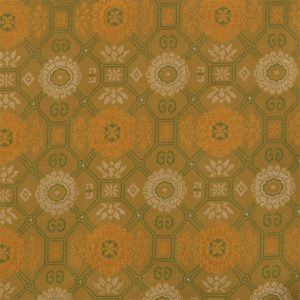
Kincha Shokkou-mon Donsu
金茶蜀江文緞子
Groun color: Golden brown
Pattern: Shokkou-mon
|
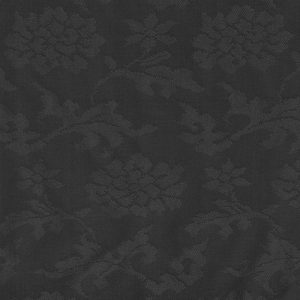
Jyoenshu Karahana Karakusa-mon
上遠州唐花唐草文
Ground color: Dark blue
Pattern: Flower
|
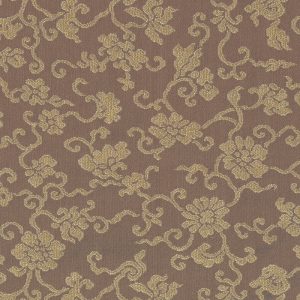
Fuchikukuri Karahana
ふちくくり唐花
Ground color: Dark purple
Pattern: Vine and Flower
|
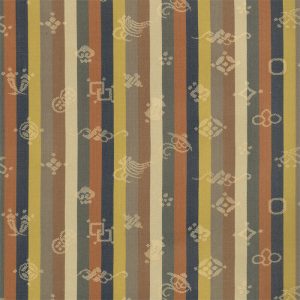
Meibutsu-Gire Kanto Takara-dukushi Enshu
名物裂間道宝尽し遠州
Pattern: Stripe and Japanese treasures
|
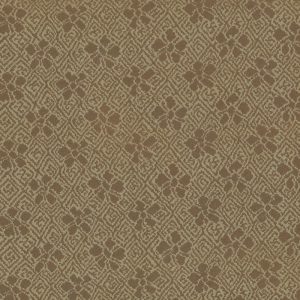
Kogecha Manji Hishi-ji Kobana-mon Donsu
焦茶卍菱地小花文緞子
Ground color: Dark brown
Pattern: Word (卍=Manji), Dianmon and Flower
|

Ebichairo Ouchi-Kiri Enshu
海老茶色小内桐遠州
Ground color: Reddish brown
Pattern: Kiri (Empress tree)
|
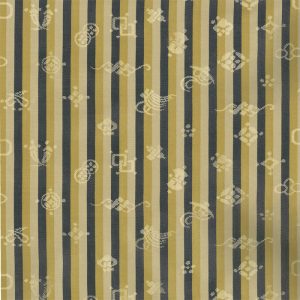
Sanshoku Kanto Takara-dukushi Enshu
三色間道宝尽くし遠州
Pattern: Stripe and Japanese treasure
|
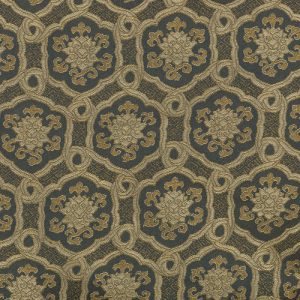
Shokkou-mon Enshu
蜀江文遠州
Pattern: Shokkou-mon
|
|
|
|
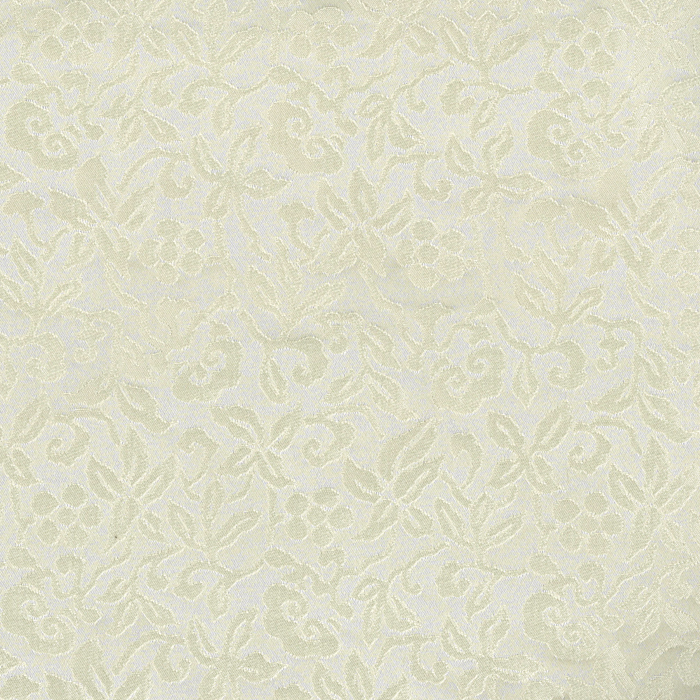
Shiro-ji Kobana-mon Donsu
白地小花文緞子
Ground color: White
Pattern: Flower
|

Teoridonsu Rikyucha Ningyote-mon
手織り緞子 利久茶人形手文
Ground color: Light brown color
Pattern: Doll
|

Usunando-iro Honnouji-mon
薄納戸色本能寺文
Ground color: Grayish blue
Pattern: Ocean waves and Treasure and Flower
|

Fuchikukuri Karahana
ふちくくり唐花
Ground color: Brown
Pattern: Flower
|
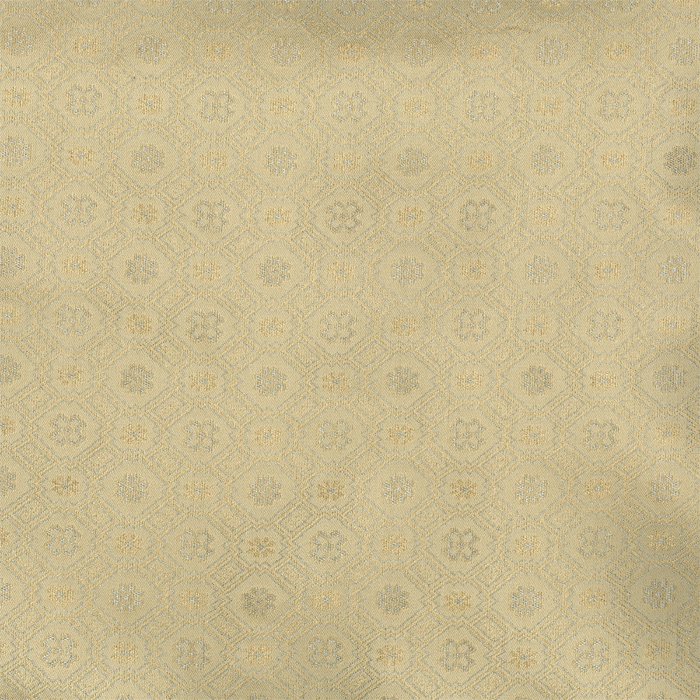
Shuchin Hana-mon Enshu
朱珍華文遠州
Ground color: Light brown
Pattern: Flower
|
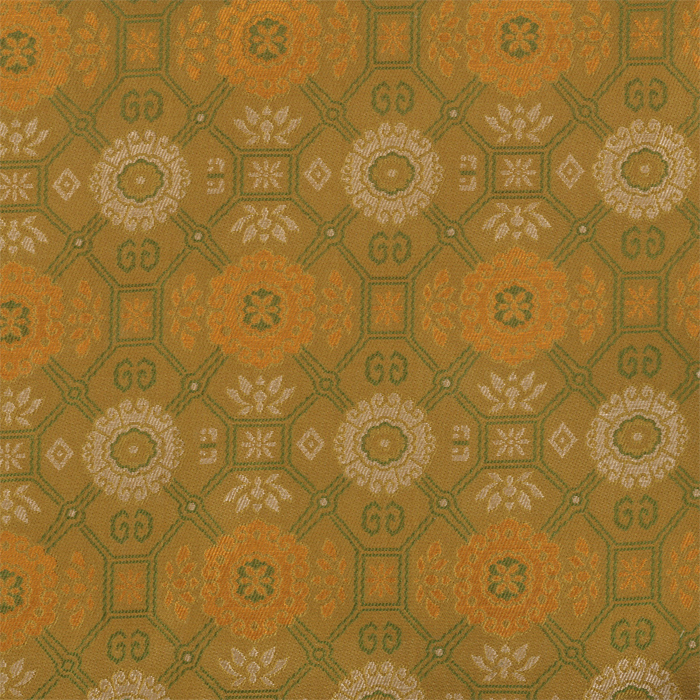
Kincha Shokkou-mon Donsu
金茶蜀江文緞子
Groun color: Golden brown
Pattern: Shokkou-mon
|

Jyoenshu Karahana Karakusa-mon
上遠州唐花唐草文
Ground color: Dark blue
Pattern: Flower
|

Fuchikukuri Karahana
ふちくくり唐花
Ground color: Dark purple
Pattern: Vine and Flower
|
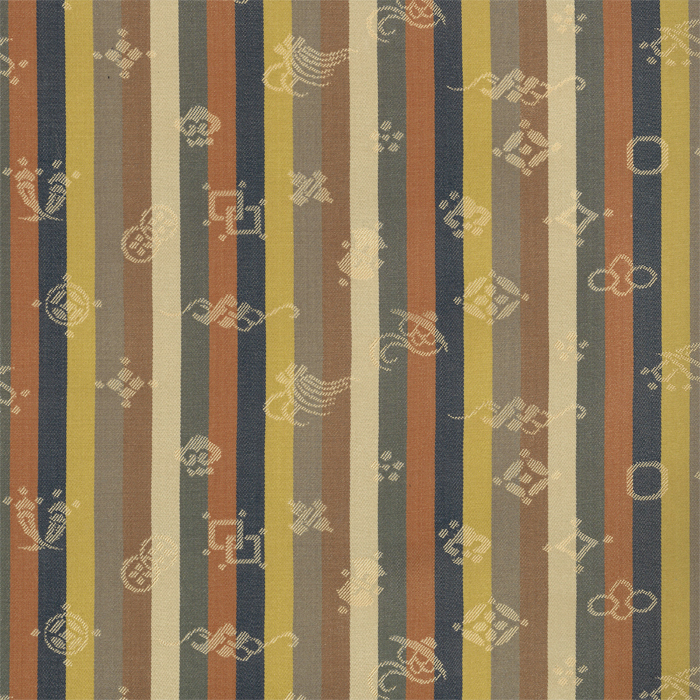
Meibutsu-Gire Kanto Takara-dukushi Enshu
名物裂間道宝尽し遠州
Pattern: Stripe and Japanese treasures
|
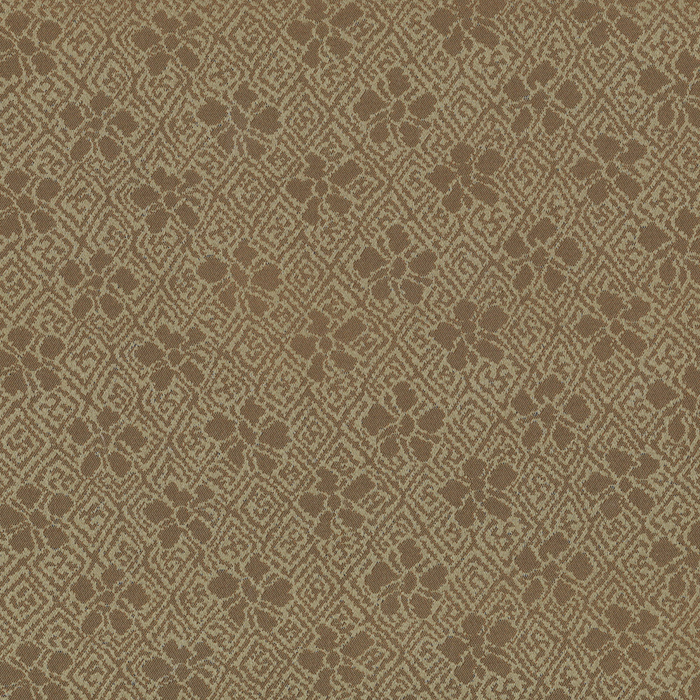
Kogecha Manji Hishi-ji Kobana-mon Donsu
焦茶卍菱地小花文緞子
Ground color: Dark brown
Pattern: Word (卍=Manji), Dianmon and Flower
|
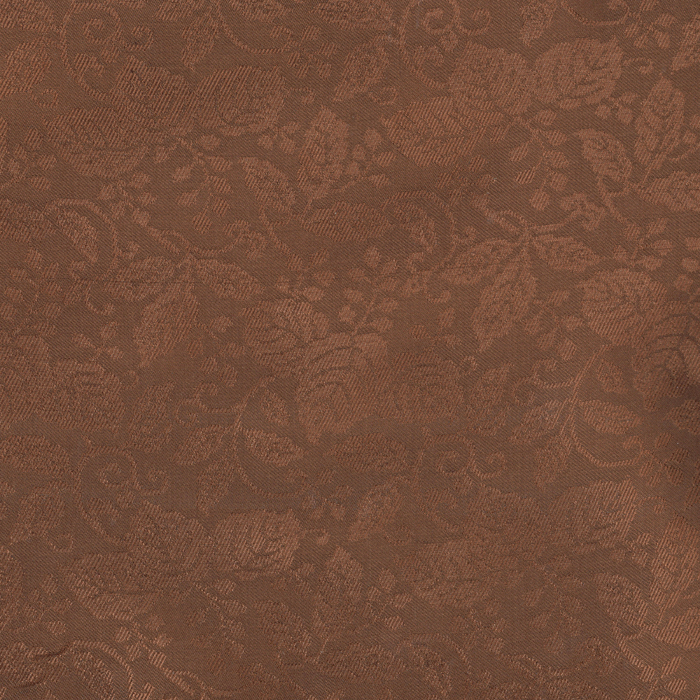
Ebichairo Ouchi-Kiri Enshu
海老茶色小内桐遠州
Ground color: Reddish brown
Pattern: Kiri (Empress tree)
|
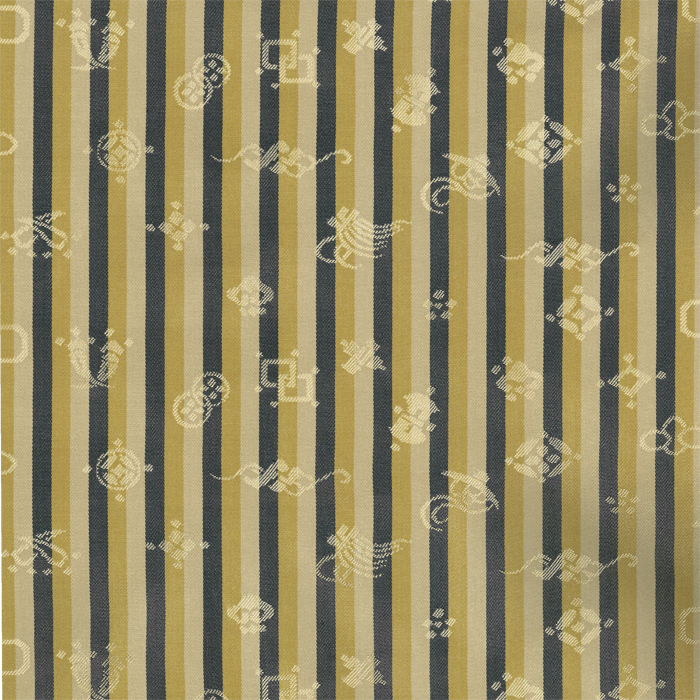
Sanshoku Kanto Takara-dukushi Enshu
三色間道宝尽くし遠州
Pattern: Stripe and Japanese treasure
|
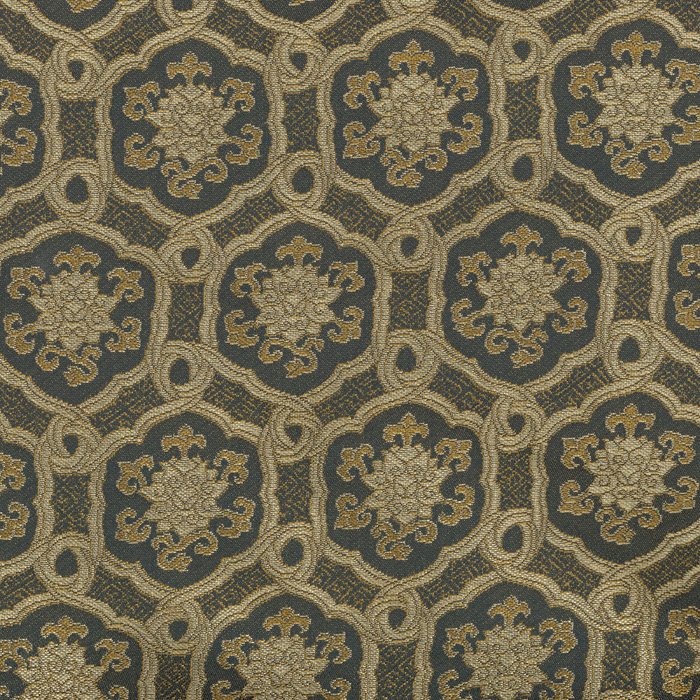
Shokkou-mon Enshu
蜀江文遠州
Pattern: Shokkou-mon
|


![]() , which nicely expresses the way in which the fabric is cut to make picture mounts (not the Kanji
, which nicely expresses the way in which the fabric is cut to make picture mounts (not the Kanji ![]() for rip). However, it is generally more common to use the Kanji
for rip). However, it is generally more common to use the Kanji ![]() (rip) to relate to the fabrics used in picture mounts.
(rip) to relate to the fabrics used in picture mounts.

































